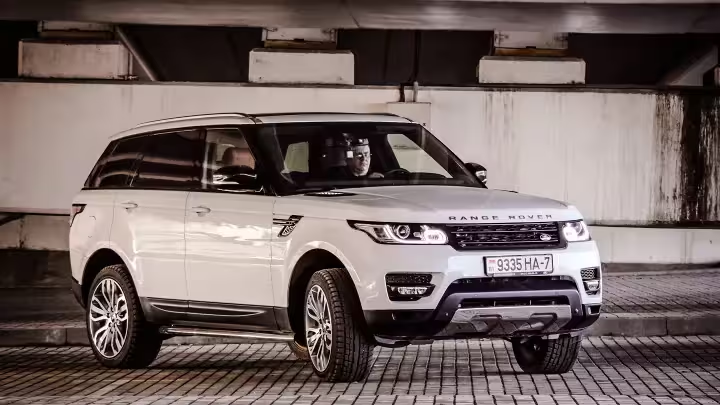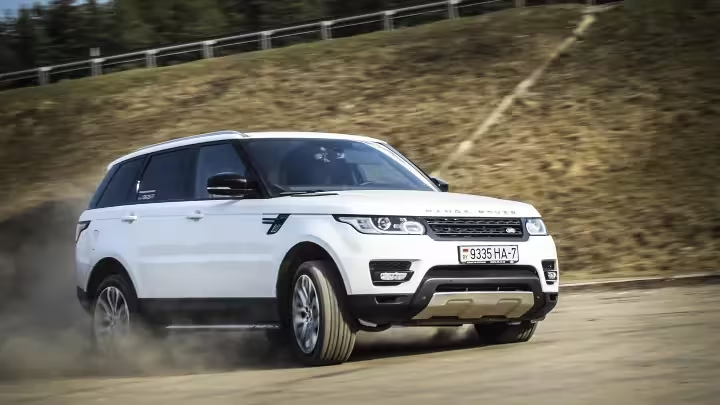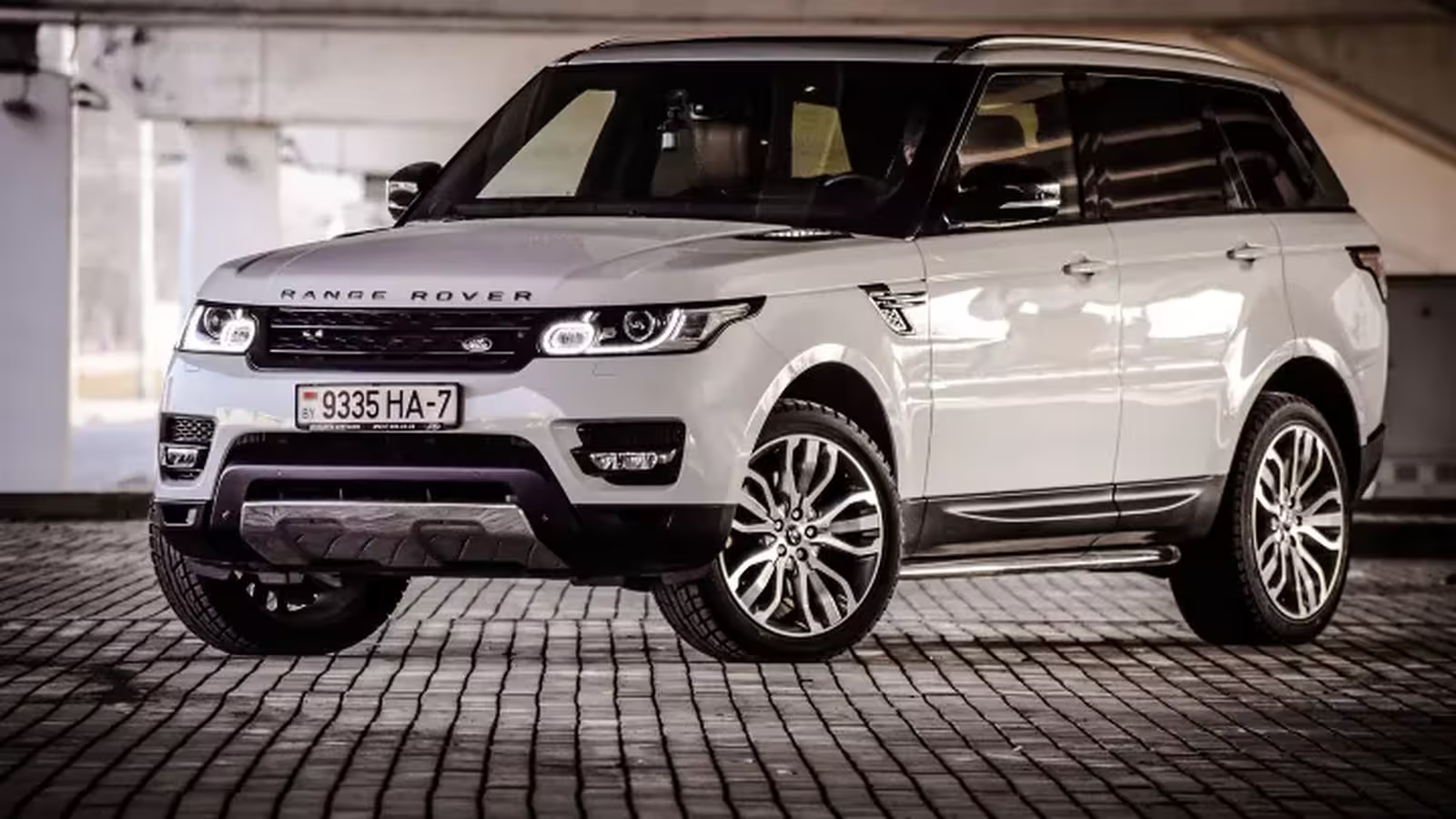3 Minutes
Overview of the U.S. Expansion of the Canadian Recall
Land Rover has expanded a Canadian safety recall for certain older Range Rover and Range Rover Sport models into the United States. The campaign covers approximately 121,509 SUVs from the 2014 through 2017 model years after NHTSA documentation identified a condition that can cause the front suspension upper knuckle joint to crack—potentially leading to the upper suspension arm detaching in severe cases. Loss of the upper arm is most likely during evasive maneuvers when steering and suspension integrity is critical.
Scope, Reports and Possible Causes
Jaguar Land Rover says it received 110 reports of knuckle failures worldwide but no reported injuries. The company observed a higher incidence among Canadian-market vehicles and noted the root cause “cannot yet be technically explained.” Industry observers have speculated that repeated exposure to road salt, moisture and freezing cycles in harsh winter climates could accelerate corrosion or material fatigue, making Canadian examples more susceptible.
Dealer Inspections and Repairs
Dealers will examine both front suspension knuckles for cracks. If no damage is present, a retaining bracket will be installed as a preventative measure. If a crack is found, the front suspension knuckle assembly will be replaced. Because Land Rover implemented the corrective procedure during the original Canadian recall, U.S. owners should be able to receive repairs without delay.

Vehicle Specifications and Common Configurations (2014–2017)
The affected Range Rover and Range Rover Sport models are full-size luxury SUVs, typically equipped with air suspension, advanced electronic steering and a range of powertrains including V6 and V8 petrol engines, and diesel options in some markets. These model years offered multi-link front suspension designs where the upper knuckle and control arm play a key role in steering precision and ride comfort.
Design and Performance Notes
Range Rover’s focus on off-road capability and on-road refinement means the front suspension components are engineered for both load-bearing and articulation. A compromised upper knuckle can affect handling, directional control and alignment, especially during high-load or evasive driving.
Market Positioning and Comparisons
The 2014–2017 Range Rover and Range Rover Sport compete in the luxury SUV segment against models such as the Mercedes-Benz GLE/GL, BMW X5 and Porsche Cayenne. While Range Rover models emphasize luxury, capability and plush ride quality, this recall highlights the importance of long-term durability for suspension parts in cold-climate markets—an issue also monitored across competitors.

Advice for Owners
If you own a 2014–2017 Range Rover or Range Rover Sport, check your VIN against NHTSA or Land Rover recall notices and schedule a dealer inspection promptly. Repairs for a confirmed crack will include replacement of the knuckle assembly at no cost to the owner under the recall remedy.
Source: thetruthaboutcars


Leave a Comment